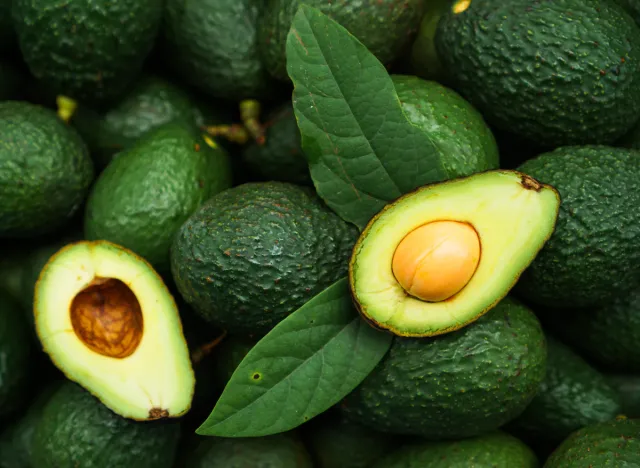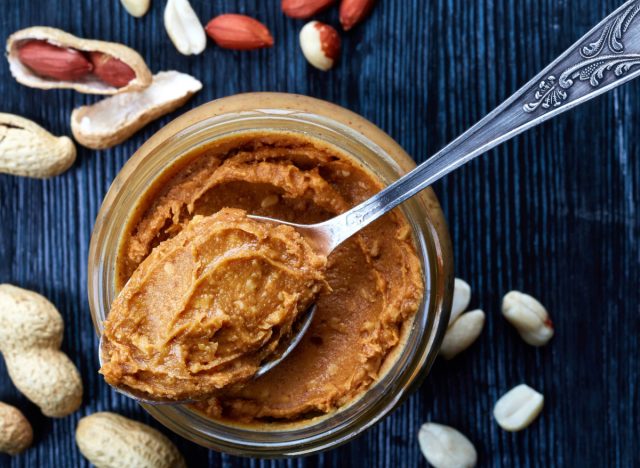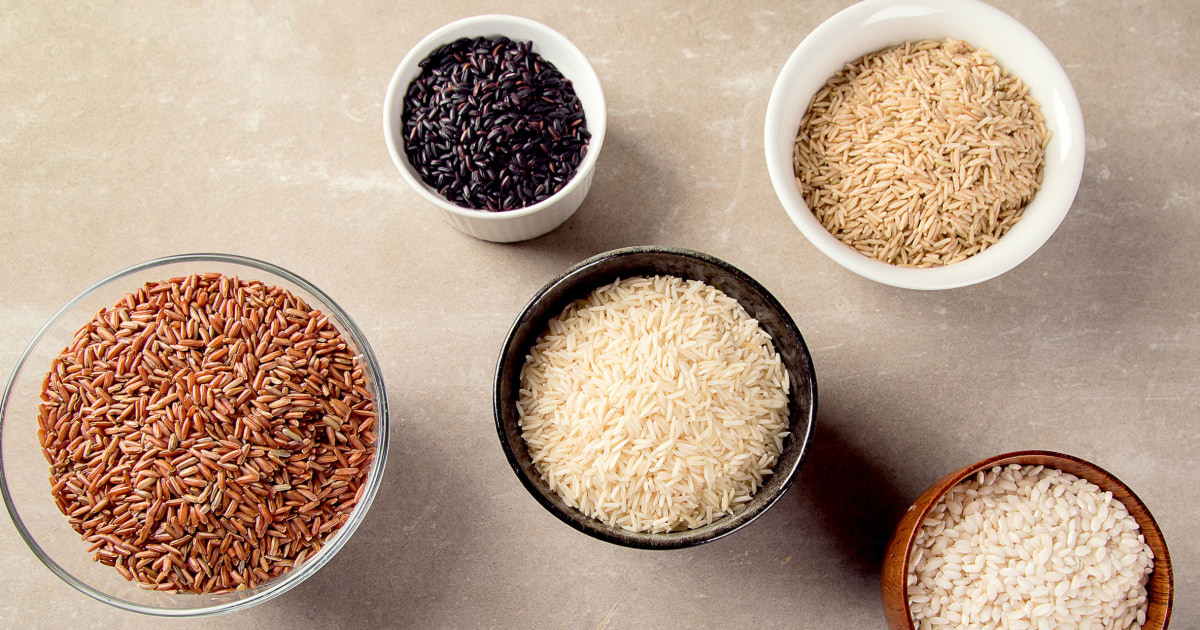
By P.J. Huffstutter and Sourasis Bose
(Reuters) - Global grain trader Archer-Daniels-Midland beat market estimates for first-quarter 2024 profit on Tuesday, citing lower energy and manufacturing costs as it seeks to move on from accounting issues that triggered U.S. government probes into the grain merchant.
The Chicago-based company reaffirmed its previous guidance for 2024, but executives warned of lower soy crushing margins and continued headwinds in the Nutrition unit that has been the focus of government investigations.
ADM shares were trading about 4.6% lower, below Wall Street's main indexes.
Adjusted operating profit at ADM's Ag Services and Oilseeds division, which includes soybean crushing and trading businesses, fell to $864 million, compared with $1.21 billion a year earlier.
ADM and its trading and processing rivals Bunge and Cargill Inc have seen their profits pressured as global crop supplies have swelled and prices slumped from recent historic highs. The agribusinesses make money by processing, trading and shipping crops around the world.
ADM's higher soy crush volumes during the quarter helped the company partially offset lower crush margins, company executives said during an analyst call Tuesday.
But they said the unit's second-quarter operating profit would be significantly lower versus a year earlier, and that global soybean crush margins will hover in a lower range. Chief Executive Officer Juan Luciano said expects Brazilian crush margins to improve going forward, however.
"Our teams are looking for every opportunity to manage what we can control, remaining nimble to adjust quickly to external circumstances while advancing our strategy," Luciano said.
Carbohydrate Solutions, a division housing ADM's ethanol and sweeteners operations, saw its adjusted operating profit drop to $248 million, compared with $279 million a year earlier.
In March, ADM corrected six years of financial data after an internal investigation found some sales between business units within the company were not recorded properly. ADM said it had overstated annual operating profit in the Nutrition segment by as much as 9.2%.
ADM confirmed in March some employees received grand jury subpoenas from the Department of Justice which is investigating its accounting practices. Government investigations are not evidence of wrongdoing and do not necessarily result in charges.
Company executives did not discuss the investigation on Tuesday. Chief Financial Officer Vikram Luthar said last week that he plans to resign from his role in September, the highest-level executive to leave the firm since it disclosed accounting issues.
Touted by executives as the future of ADM, the Nutrition division had seen explosive growth until profits began to erode in late 2022.
On Tuesday, the Nutrition unit reported an adjusted operating profit of $84 million, down from $138 million for the prior year period.
Luciano said the unit faced headwinds during the period from its specialty ingredients business. He said ADM's Decatur East processing plant being down due to an explosion last year and lower texturant pricing led to significant declines in the unit's operating profit.
ADM said Nutrition's operating profit will be lower next quarter compared to a year earlier. Luciano remained optimistic about the segment's future performance and noted ADM was seeing strong demand for flavors.
The Chicago-based company reported adjusted earnings of $1.46 per share, for the three months ended March 31, compared with analysts' average estimate of $1.36 per share.
ADM said lower energy and manufacturing costs led to an increase of 15 cents per share in segment operating profit from a year earlier.
(Reporting by P.J. Huffstutter in Chicago and Sourasis Bose in Bengaluru; Editing by Shinjini Ganguli and Chizu Nomiyama)
from "nutrition" - Google News https://ift.tt/saPrN9d
via IFTTT










:max_bytes(150000):strip_icc()/1-Herb-for-Brain-Health-According-to-a-Dietitian-8dc78ddf64804179b2f4fece2f4c6576.jpg)